The rhythmic pulse of the African talking drum has echoed across generations, carrying messages through dense forests and sprawling savannas long before modern communication existed. This ancient instrument, far more than a musical artifact, represents one of humanity's most sophisticated preliterate communication systems—a language of tones and cadences that transformed tribal interactions into something approaching musical poetry.
In West African cultures where the talking drum (known as dundun among the Yoruba or donno to the Akan) thrives, the boundary between speech and music dissolves entirely. Skilled drummers don't merely play rhythms; they articulate proverbs, announce births, warn of danger, and even tease neighboring villages through sequences of pitched beats that mimic the tonal patterns of local languages. The drum's hourglass shape, with its adjustable tension cords, allows near-perfect reproduction of the rising and falling tones characteristic of many African dialects—a technological marvel developed centuries before the invention of the telephone.
What makes this system revolutionary isn't just its functionality, but its artistic alchemy. Where European military drums communicated simple coded messages, the talking drum transforms practical information into performative art. A routine announcement about a communal fishing expedition becomes a cascading rhythm that dances between utility and beauty. Anthropologists have recorded instances where drummers engage in lyrical "duels," improvising increasingly complex variations on mundane messages—a cultural precursor to modern rap battles. This seamless fusion of communication and creativity challenges Western distinctions between art and utility.
The survival of this tradition into the digital age reveals its profound cultural resilience. While smartphones now handle urgent communications, talking drums still mark important ceremonies throughout Ghana, Nigeria, and Mali. Contemporary musicians like the late Babatunde Olatunji have introduced drum speech to global audiences, demonstrating how a "message" about village affairs can morph into breathtaking concert performances. Meanwhile, linguists and computer scientists study the drum's encoding system for insights into tonal language processing and efficient data compression algorithms.
Modern attempts to digitize talking drum patterns have yielded fascinating results. Researchers at the University of Cape Coast developed an app that converts Twi phrases into drum rhythms, but users quickly discovered limitations—the technology couldn't replicate the improvisational genius of human drummers. This underscores a crucial distinction: where digital communication prioritizes precision, the talking drum thrives on artistic interpretation. A single phrase might be rendered a dozen different ways depending on the drummer's mood, the time of day, or even the weather, making each transmission a unique cultural artifact.
The drum's legacy permeates unexpected corners of global culture. Jazz pioneers like John Coltrane studied its rhythmic complexity; hip-hop artists recognize it as an ancestral form of lyrical flow. Perhaps most remarkably, NASA's Voyager Golden Record included a talking drum sequence as representative of Earth's cultural achievements—a fitting tribute to an invention that turned practical communication into profound art. As wireless signals now traverse the cosmos, they carry forward the same essential impulse first expressed through animal-skin drums: the human need to transform mere information into something beautiful.
Contemporary African composers are pushing the tradition further. Artists like the Nigerian drummer and composer Ayan Bisi Adelekan create orchestral works where talking drums converse with symphony orchestras, their tonal messages becoming melodic themes. Meanwhile in Dakar, experimental musicians wire drum sensors to digital interfaces, allowing ancient rhythmic codes to trigger modern electronic sounds. These innovations don't dilute the tradition; they prove its astonishing adaptability—a communication system that began as village telegraph now inspires avant-garde multimedia art.
Scholars argue that the talking drum's true significance lies in what it reveals about human cognition. Its very existence suggests that our brains may process musical communication more efficiently than dry factual transmission. Neurological studies show that listeners retain drummed proverbs longer than spoken ones, hinting at deep evolutionary connections between memory, music, and language. In an age of information overload, the talking drum reminds us that how we communicate matters as much as what we communicate—that rhythm and melody aren't decorative flourishes, but essential tools for making meaning endure.

By /Jun 6, 2025

By /Jun 6, 2025
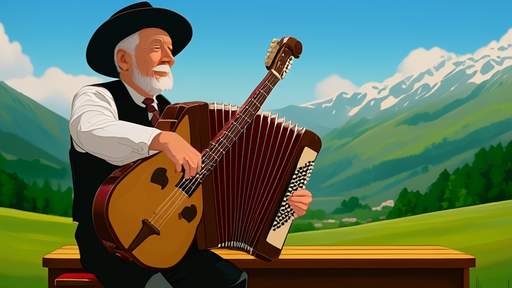
By /Jun 6, 2025

By /Jun 6, 2025
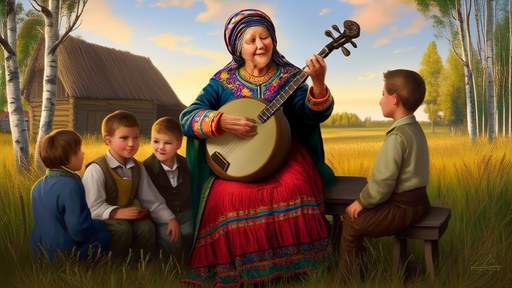
By /Jun 6, 2025
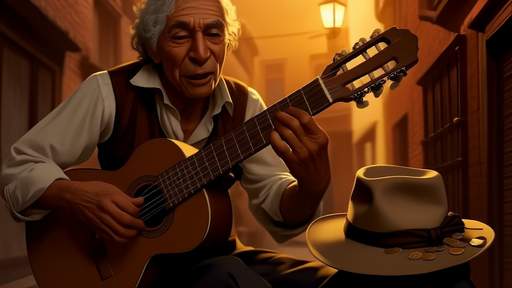
By /Jun 6, 2025
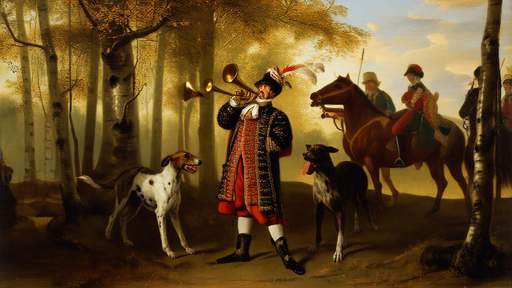
By /Jun 6, 2025

By /Jun 6, 2025

By /Jun 6, 2025
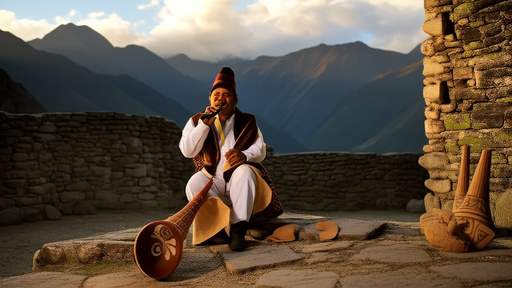
By /Jun 6, 2025

By /Jun 6, 2025

By /Jun 6, 2025

By /Jun 6, 2025

By /Jun 6, 2025
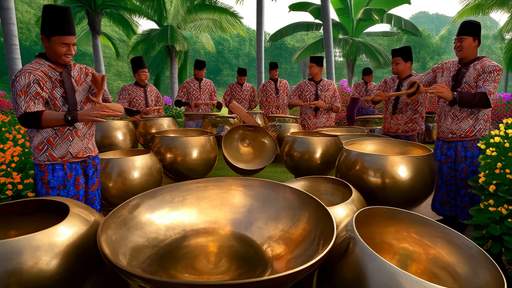
By /Jun 6, 2025

By /Jun 6, 2025
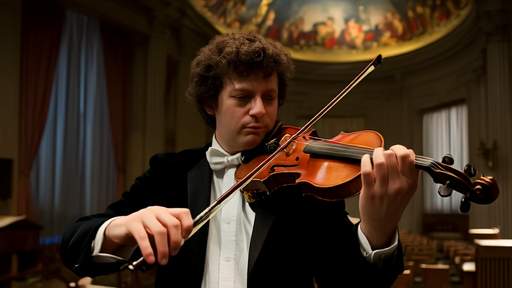
By /Jun 6, 2025

By /Jun 6, 2025

By /Jun 6, 2025
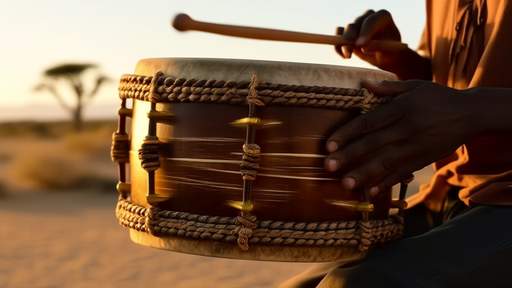
By /Jun 6, 2025